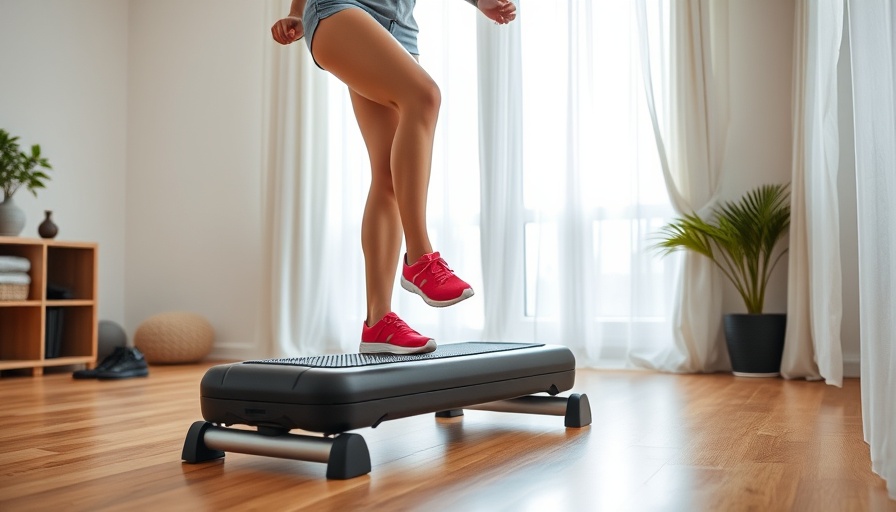
Finding Stillness Amidst Life's Chaos
In our ever-busy lives, it’s easy to overlook the importance of pausing. The recent 'Guided Breath Pause Meditation' by Fitness Blender’s Haley emphasizes this need for stillness by connecting moments of intentional breath pauses to our busy schedules. This meditation isn’t just about finding peace during a guided session; it offers a broader life lesson that can resonate deeply within the SDA faith community.
In 'Guided Breath Pause Meditation', the discussion dives into the significance of breath pauses, highlighting their impact on spiritual well-being and encouraging us to reflect on how these insights can enhance our everyday lives.
Breath as a Spiritual Metaphor
Breath has long been seen as a metaphor for life itself. In biblical texts, there's a reminder of the divine breath that created and animated humanity. When we breathe intentionally, we symbolically reconnect with our Creator’s spirit. This meditation reminds practitioners that the brief pauses we take not only rejuvenate our bodies but can also draw us closer to God, allowing for moments of reflection and prayer amidst hectic days.
The Benefits of Practicing Breath Pauses
Haley’s technique encourages the idea of incorporating breath pauses into daily routines, suggesting it as an antidote to stress. Scientific studies support this, indicating that conscious breathing improves focus, reduces anxiety, and enhances overall wellness. For those in the SDA faith community, this practice can also deepen one’s faith and connection during moments of distraction, transforming chaos into clarity.
Cultivating Mindfulness Through Meditation
The practice of guided meditation has surged in popularity, with individuals seeking it as a refuge from daily pressures. By recognizing the power of small pauses between actions—just like we take pauses between breaths—we cultivate mindfulness, a concept embraced in biblical counsel to be present and aware. When our minds wander, these pauses offer a gentle nudge back to the present, marrying faith with intentional living.
How to Implement Breath Pauses in Daily Life
To incorporate these pauses into your life, consider the following practical steps:
- Morning Reflections: Start your day with a few minutes of focused breathing, creating a space for gratitude and prayer.
- Midday Breaks: Take a brief departure from daily tasks to practice deep belly breaths, grounding yourself in the moment.
- Evening Wind-Down: Before bed, practice guided breath meditations to alleviate the day's stress and prepare your mind for restful sleep.
These simple practices can transform ordinary moments into profound spiritual experiences.
Emotional Response of the Target Audience
Members of the SDA faith community often seek harmony between spiritual commitments and daily routines. The invitation to pause and breathe resonates strongly, as many find themselves with demanding schedules that leave little room for personal reflection or prayer. The content of Haley's message promotes emotional well-being, providing a tool for sustained joy and peace, which aligns with the teachings of faith about being still in the presence of God.
Exploring Further: Questions and Insights
To deepen your understanding, you might ask yourself: How can regular breath pauses change my relationship with God? Am I extracting every opportunity to connect spiritually in my daily life? Allowing time for self-reflection through breath can answer these questions, leading to a richer spiritual life.
Conclusion: Embracing the Power of Breath
The simplicity of breathing—something we often take for granted—can be a portal to significant spiritual renewal and deeper connections. The insights shared in 'Guided Breath Pause Meditation' serve as a reminder of the transformative power lying in our ability to pause, breathe, and reconnect with both ourselves and our faith. By embracing breath pauses, we can enhance not only our physical well-being but also our spiritual practices. In the hustle of life, let these moments of stillness guide you back to your spiritual center, enhancing your faith journey.
If you’re inspired by these insights, consider integrating breath meditations into your routine this week. It may just change the way you approach each day!
 Add Row
Add Row  Add
Add 




Write A Comment